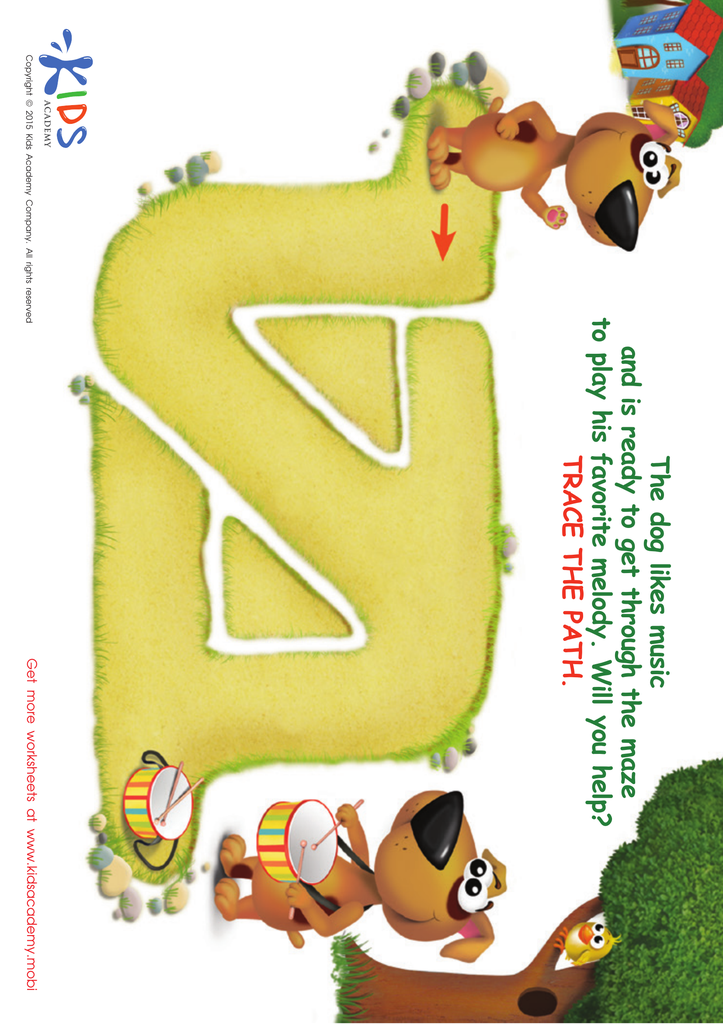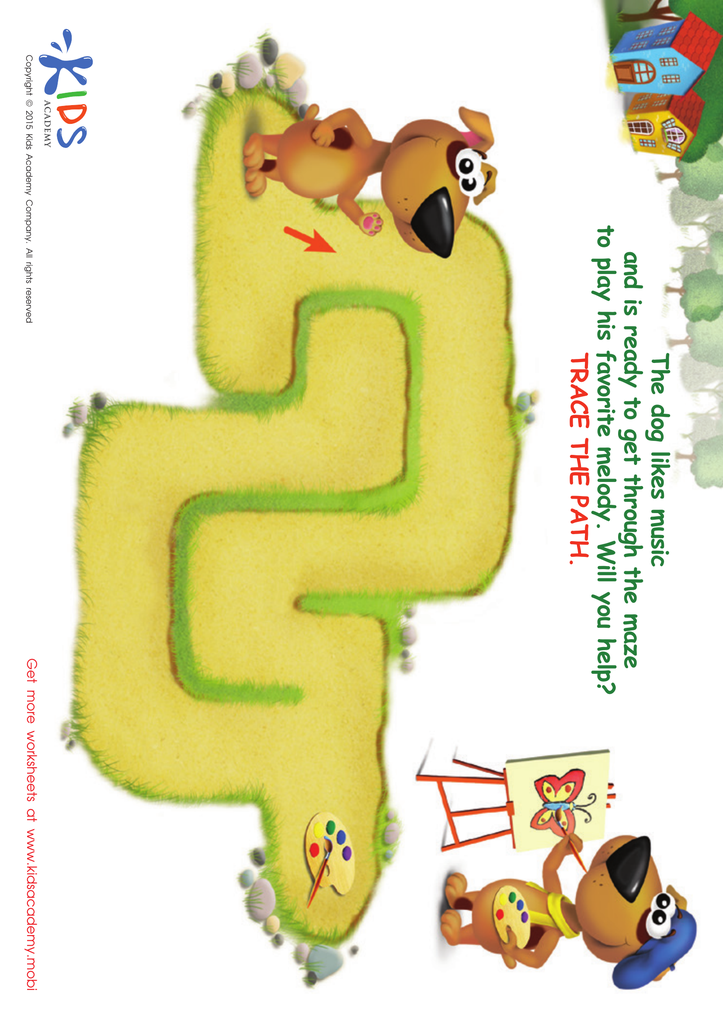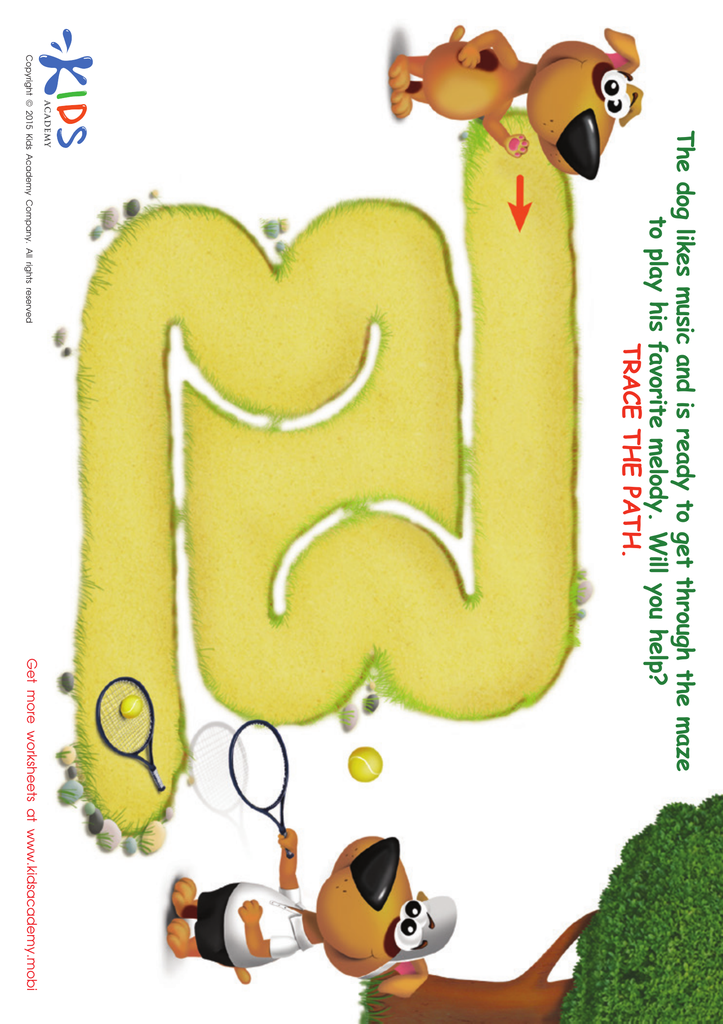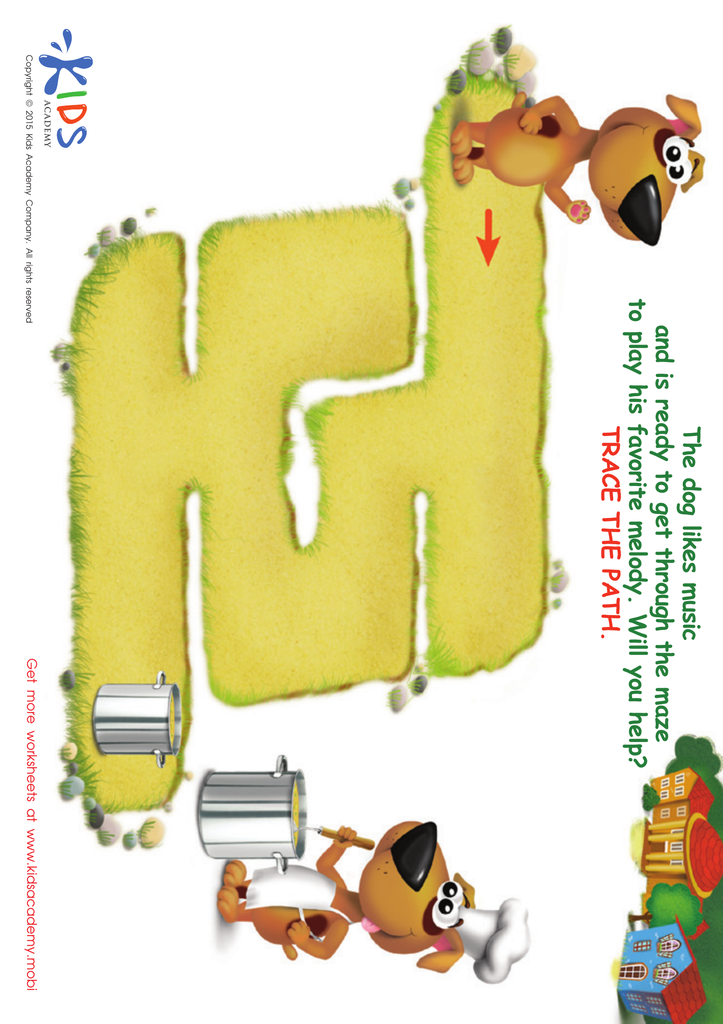Following instructions Mazes Worksheets for Ages 3-5
5 filtered results
-
From - To
Discover our engaging "Following Instructions Mazes Worksheets" designed specifically for children ages 3-5. These worksheets not only provide hours of fun, but they also help young learners develop essential skills in listening, comprehension, and critical thinking. As children navigate through colorful mazes, they will practice following directions and improve their problem-solving abilities. Each maze activity is tailored to challenge and stimulate young minds, fostering a love for learning while honing their fine motor skills. Perfect for home or classroom use, our worksheets empower little explorers to embark on adventurous journeys, making learning both enjoyable and educational!


Drummer Maze Worksheet


Basketball Player Maze Worksheet


Artist Maze Worksheet


Tennis Player Maze Worksheet


Cook Maze Worksheet
Following instructions mazes are an effective educational tool for children aged 3-5, and both parents and teachers should prioritize them for several reasons. Firstly, these activities enhance critical cognitive skills. When children navigate a maze by adhering to instructions, they're not just having fun; they’re developing their ability to listen, comprehend, and process directions. These are foundational skills that will support their learning in various subjects as they grow.
Moreover, mazes help improve fine motor skills as young learners often trace or draw pathways through the mazes. This promotes hand-eye coordination and dexterity, essential for future tasks such as writing and drawing.
Engagement in maze activities also fosters independent problem-solving. As children encounter obstacles within the maze and must figure out how to reach the endpoint, they develop perseverance and resilience.
Additionally, following instructions mazes can support emotional growth, as children learn to manage frustration and celebrate their achievements when completing a maze. Lastly, these activities can serve as a bonding experience between parents and children or teachers and students, encouraging collaboration and communication.
In summary, following instructions mazes are valuable for cognitive, motor, emotional, and social development, making them a great investment in early childhood education.










